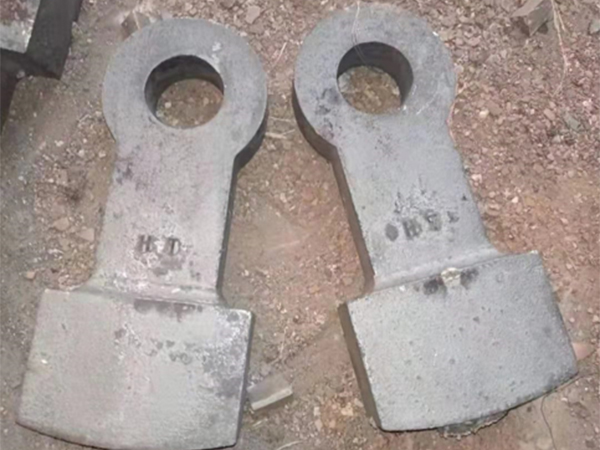The Price of Resin Coated Sand An Overview
Resin coated sand (RCS) has become an essential material in the foundry industry, particularly for the casting of metal components. This specialized sand is treated with a thermosetting resin that enhances its binding properties, providing superior dimensional accuracy, improved surface finish, and enhanced strength compared to traditional sand. As manufacturers strive to meet the growing demand for high-quality castings, understanding the factors that influence the price of resin coated sand is crucial.
The Price of Resin Coated Sand An Overview
Another consideration is the manufacturing process. The production of resin coated sand requires specific equipment and technology to ensure the proper coating of the sand grains and to control the curing process. Investments in advanced technology can lead to higher production costs, which are often passed on to consumers. Additionally, the level of automation and efficiency achieved in the production facility can also influence pricing. Companies that embrace innovation in manufacturing processes may be able to reduce costs and offer more competitive pricing.
resin coated sand price

Seasonal demand fluctuations also play a critical role in determining RCS prices. For instance, peak periods in the automotive or aerospace industries can lead to increased demand for high-quality castings, which in turn raises the demand for resin coated sand. During such times, prices may spike if supply does not keep pace with demand. Conversely, during off-peak seasons, prices may stabilize or even decrease as producers strive to maintain market share.
Finally, geographic location can also impact pricing. Transportation costs can vary significantly depending on how far the resin coated sand needs to be delivered from the manufacturing facility to the foundry. Consequently, producers may adjust pricing based on logistics considerations to remain competitive in different regions.
In conclusion, the price of resin coated sand is influenced by a complex interplay of factors, including raw material costs, production processes, seasonal demand, and geographical considerations. As the foundry industry continues to evolve, staying informed about these dynamics will be crucial for manufacturers seeking to control costs and optimize their supply chains.
Post time:ઓક્ટોબર . 16, 2024 14:03
Next:піску, якая кідае песок
